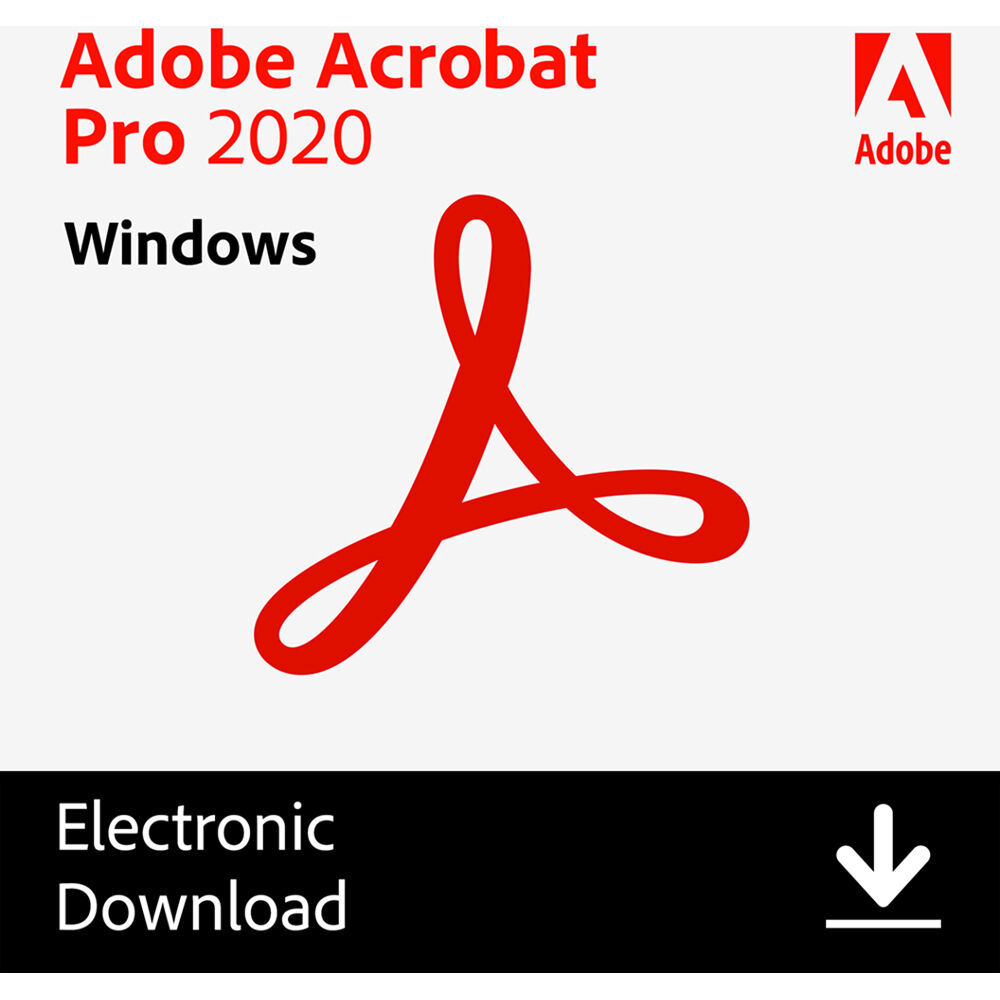
But with PDF/X-1a being the industry standard for providing files, it’s largely unnecessary to pre-flight the files if you’ve used the X-1a presets in Adobe InDesign or other creative applications. I’ve used the tools provided several times over the years, and while they won’t replace stand-alone pre-flighting applications, I found them to be more than adequate for most knowledgeable designers. You’ll find pre-flight capabilities in Acrobat’s Advanced menu, under the Print Production sub-menu. Over the years, Adobe has added feature-after-feature to Acrobat to make it more flexible and more widely adopted. Looking back, this wasn’t necessarily a bad thing. Once a file was saved as a PDF, you pretty much had the options of reading, writing, or printing it-and nothing else. Feature creepīack in the day, Acrobat PDFs were the perfect universal file format.

Acrobat 9 definitely performs up to my expectations. This is particularly welcome with the much-improved file pre-flighting, file commenting, and advanced editing features in version 9.īecause the print design industry typically deals with large file sizes, performance remains a key factor for any application. Virtually everything you do in Acrobat is fast and stable.

Not only does the application launch much faster, but working with longer, more complex documents is nearly fluid. But let’s face it, you wouldn’t buy a muscle-car-no matter how great it looked-if it featured a lawn-mower engine under the hood.Īcrobat 9 Pro’s interfaceAcrobat 9 offers a significant power-boost over previous versions. Acrobat is quite user-friendly for both the newbie and experienced user. The icons are intuitive, and the polished appearance of toolbars, windows and dialog boxes is a welcome addition for Mac users.


 0 kommentar(er)
0 kommentar(er)
